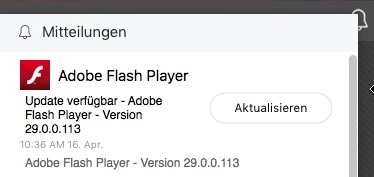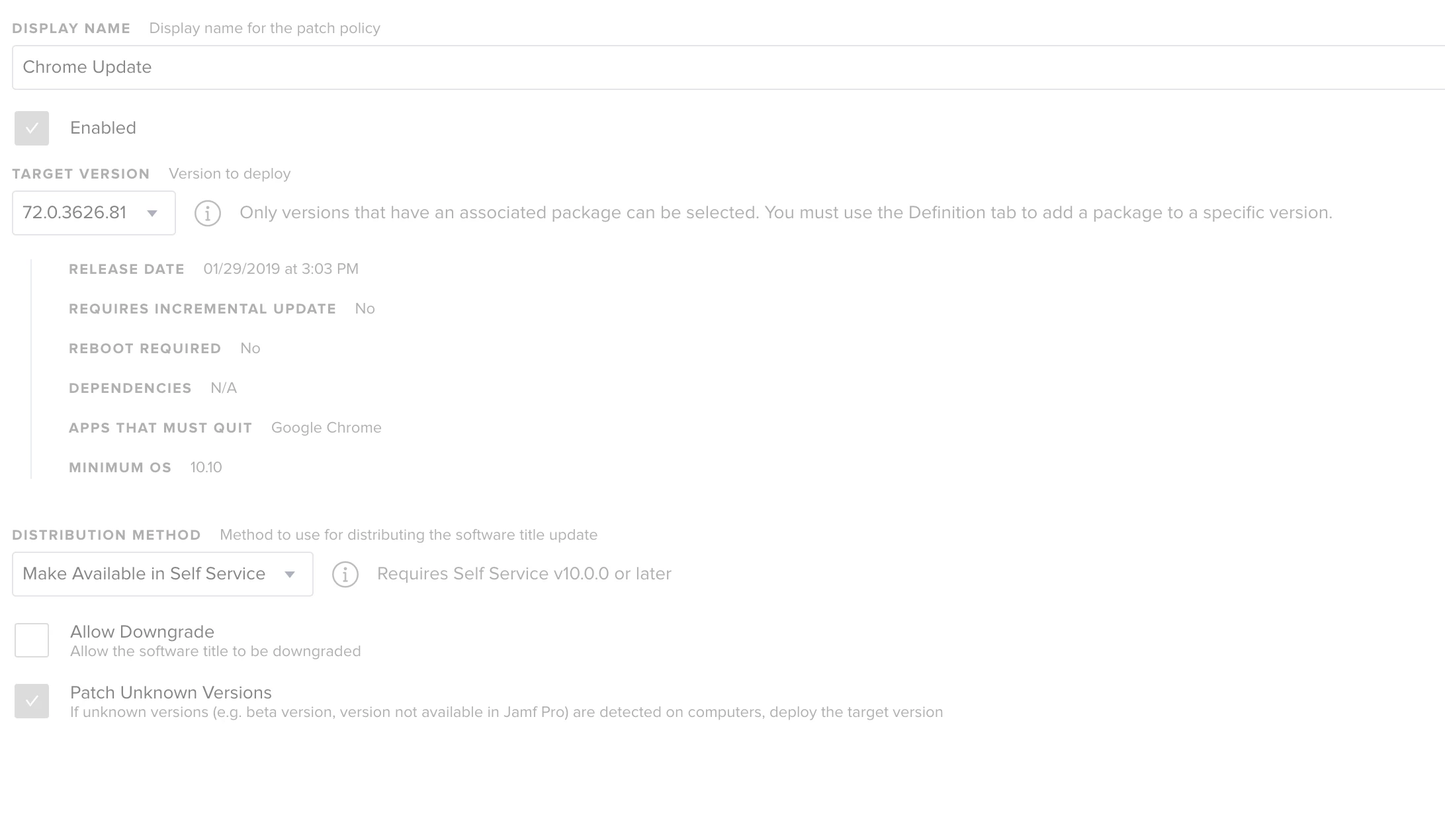Hi,
Users with the latest version of Flash Player still receive an update notification from Self Service because the package definition in Patch Management is not up-to-date.
At the moment the latest Version is 29.0.0.140 and Patch Management knows that but i´m late with the package. So the latest Software Title Definition in Patch Management with a Package is one Version behind the latest.
The Problem is now that the users with the latest version are receiving update notifications and when their are doing it via self service nothing is happening for them. For the users the update process seems to not working.
So i´m asking if this is the expected behavior and its my fault that i´m late with package definition or is this a fail in how Patch Management is handling this.
We are on jamf 10.2.0.







